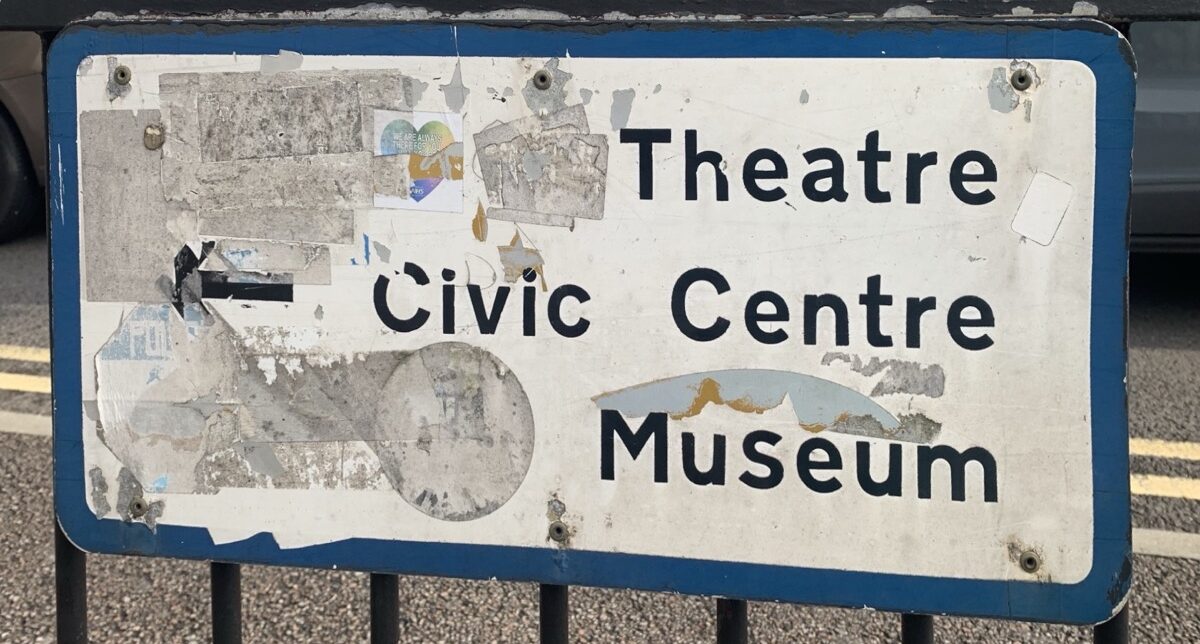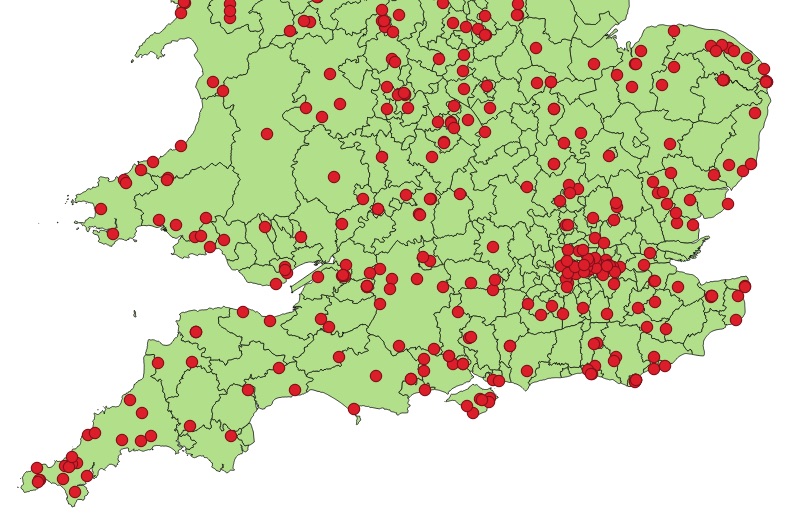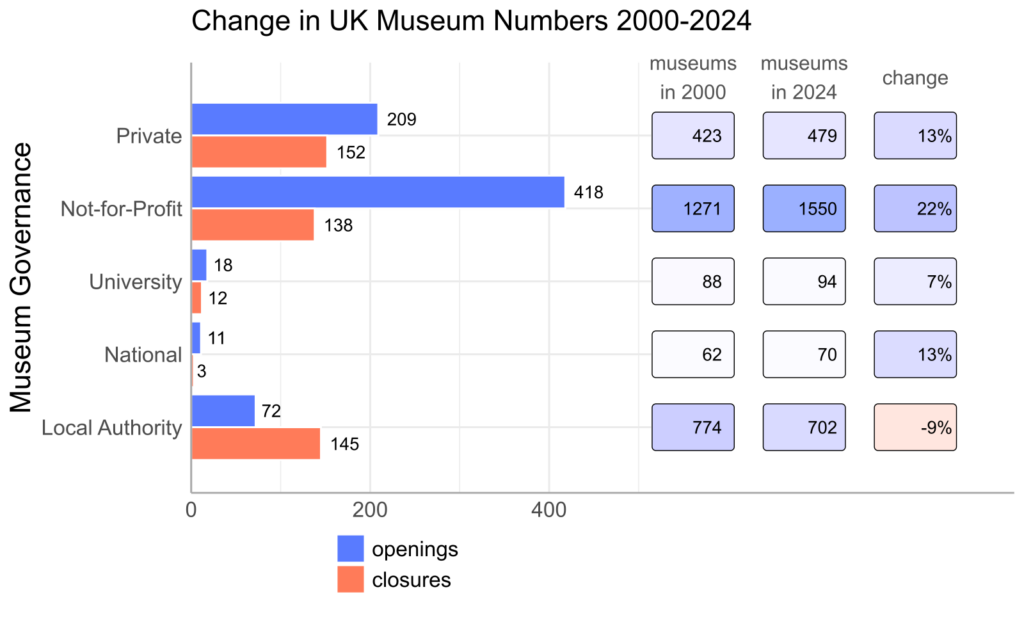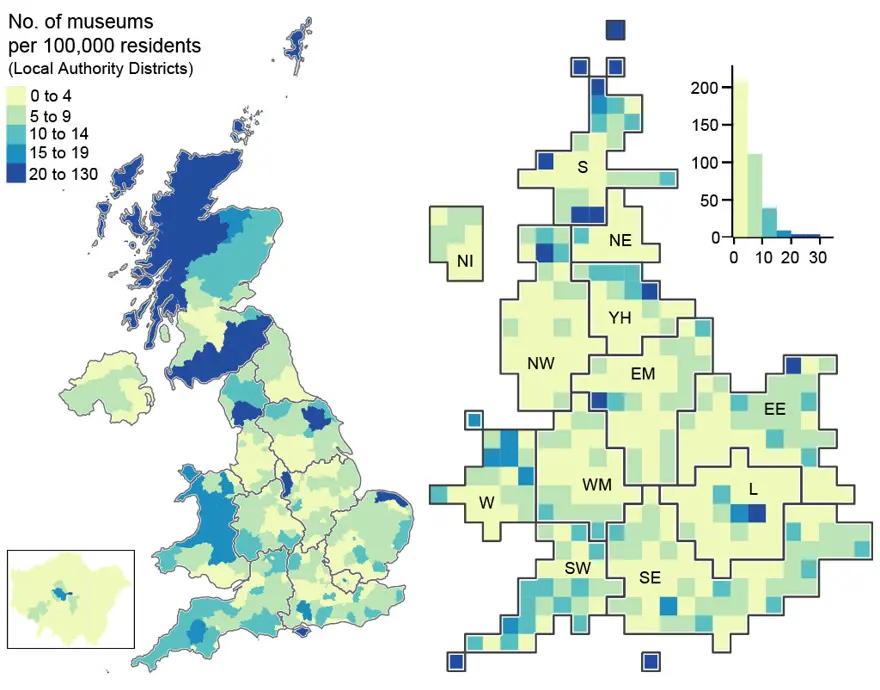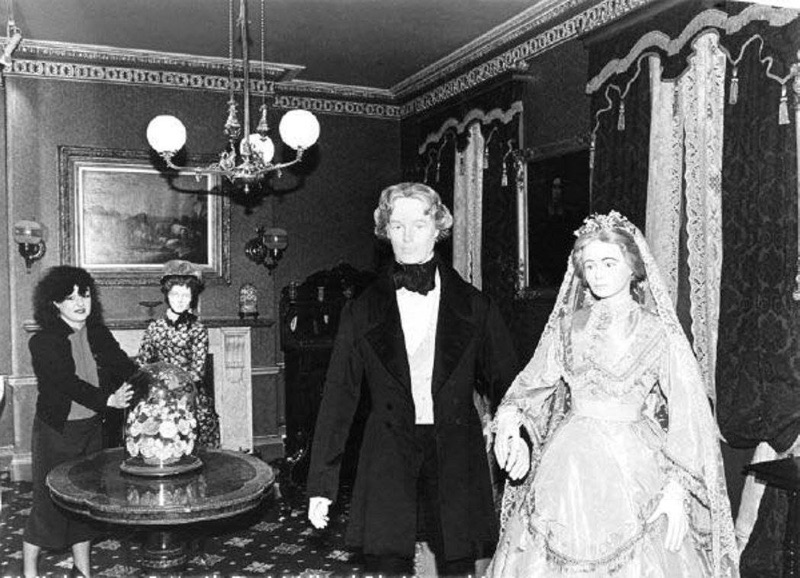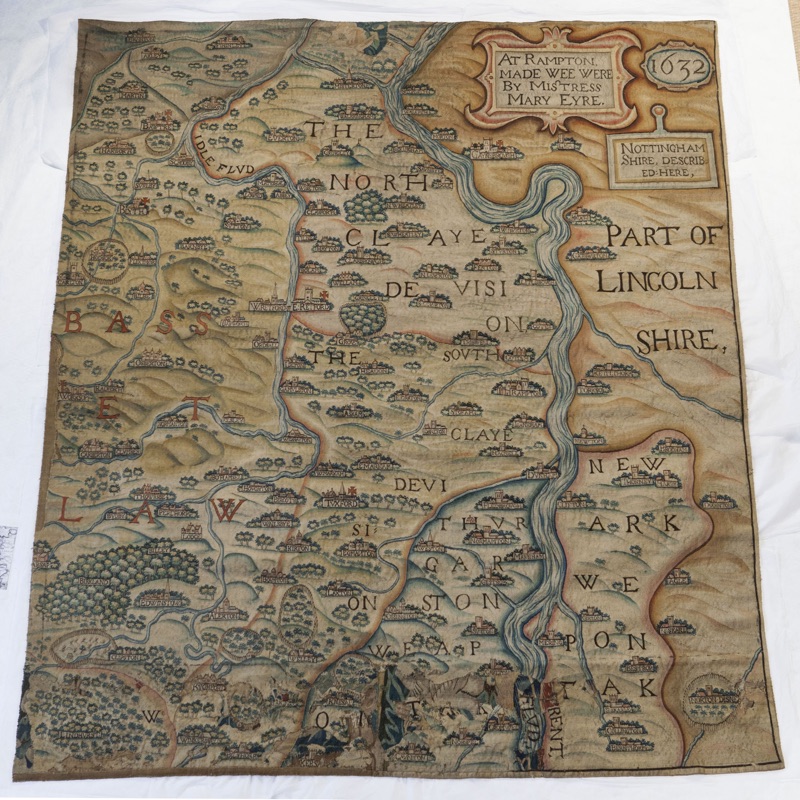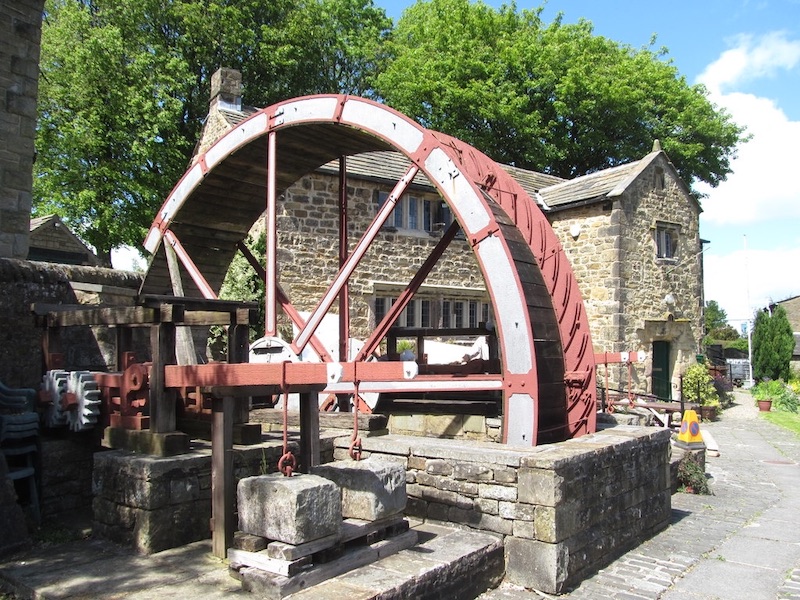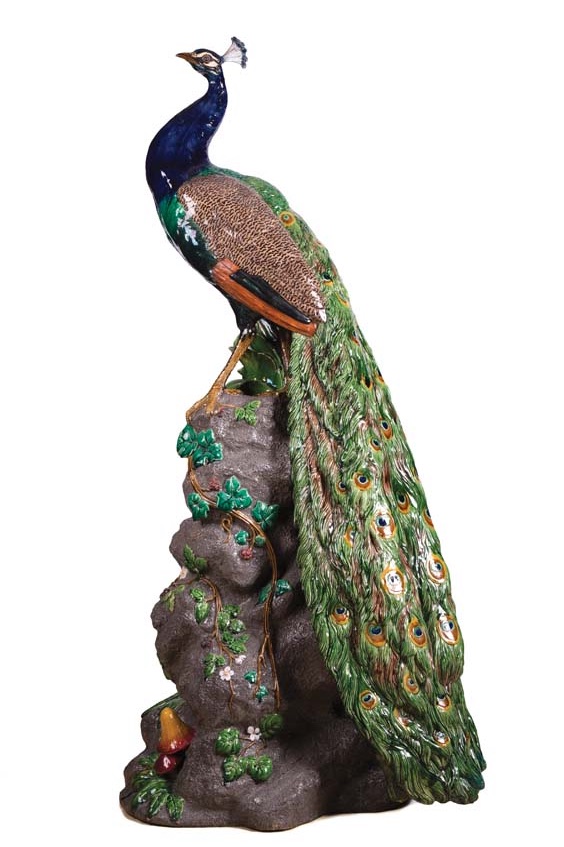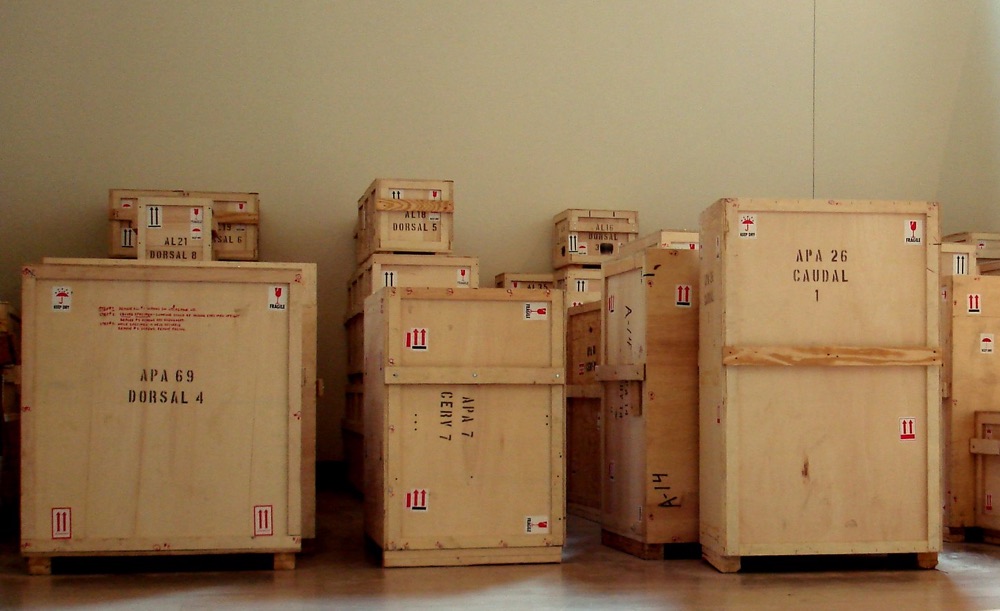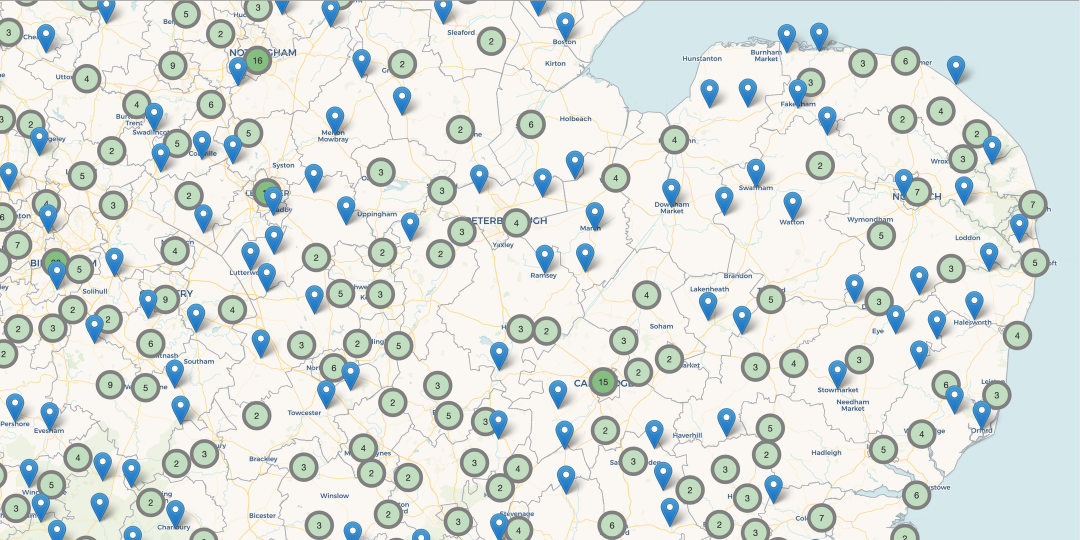The Mapping Museums Lab have been collecting data on over 450 closed museums, including what happens to their collections and buildings. As we gather information about collections, we’re learning that the data available varies widely from one museum to another. In some cases we’ve obtained a list of where every exhibit went, with the type of destination (such as a museum or private storage facility), and sometimes the state of repair of individual objects. In other cases, we have gathered little more than that the collection was sold, often at auction, and dispersed into private hands.
We’re in the relatively early stages of a two-year project, but some patterns are already starting to emerge. For instance, legal processes can have the effect of producing better public documentation for collection dispersals. Liquidators managing company insolvencies produce annual reports, which detail the disposal of assets, and a set of those reports were produced when the parent charity of the Yorkshire Waterways Museum went into liquidation. A more controversial example is the British Empire and Commonwealth Museum, where accusations of impropriety led to numerous news reports that documented the complex trajectories of some of the exhibits. Although Bristol Museums now look after the bulk of the collection, the whereabouts of some items formerly held by the BECM are still unknown.
The type of object displayed can make a big difference to the amount of information available. Museums of aviation and railways, which in the cases we’re looking at often display a fairly small number of large objects, are particularly well documented. One example is the Electric Railway Museum, which was a collection of locomotives, electric multiple units and related items, sited near Coventry. The museum’s founder kindly supplied us with a detailed list of the whereabouts of the collection, and the ownership status of each object.

The collections of closed aviation museums can also be fairly straightforward to track. Each plane, in addition to having a manufacturer and model, also has a unique identification number that enables its whereabouts to be found. I have never needed to visit the Demobbed website before starting this project, but that database of former military aircraft has proved invaluable in tracking down some of the planes that were held by now-closed museums. Demobbed features extensive lists of aircraft locations maintained by the Wolverhampton Aviation Group, who are evidently a dedicated community of enthusiasts. Each plane’s history is detailed, including whether parts of it, such as nose cones, were removed and dispersed.
Museums featuring ships and boats have also been relatively easy to track. The small collection of five ships and submarines once held by the Warship Preservation Trust in Birkenhead has been exhaustively documented. This is partly due to a museum and a heritage organisation acquiring two of the vessels. But thanks to enthusiasts keeping an eye on the others, documenting them online and sometimes campaigning for their preservation, we know that a submarine and the frigate HMS Plymouth were scrapped, while the last known destination of the minesweeper HMS Bronington was a dock in Birkenhead, where it had partially sunk at its moorings.
But for another maritime collection there is more uncertainty about destinations. The large collection of boats at the Eyemouth Maritime Centre was sold at auction in 2017. The sale attracted a fair amount of attention from boating enthusiasts, which means that we have been able to track the destinations of quite a few of the boats. However, around 100 boats were reportedly purchased by a collector and cut up to enable transportation to China. This shipment was apparently intended for a new maritime museum but we don’t know whether it ever opened, leaving the whereabouts of a substantial part of the Eyemouth collection unknown.
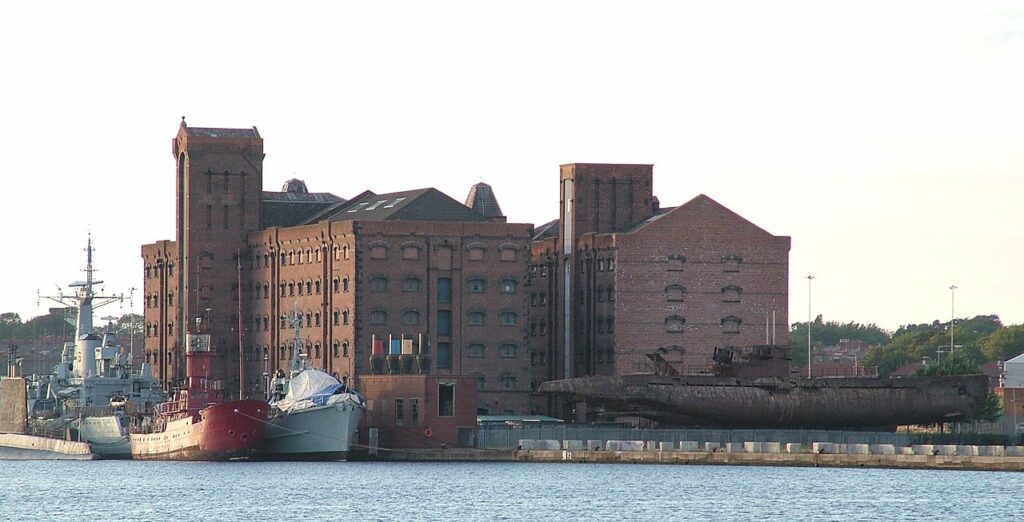
Although planes, trains, and ships have been easy enough to track down in many cases, car and motorcycle museums are another matter. So far, we’ve found that many of these collections go to auction and are subsequently dispersed to private buyers. Occasionally it’s possible to discover that some items have gone to museums, but not always which ones. The auctioneers of the London Motorcycle Museum told us that three of the bikes had been purchased by museums, but our enquiries have not revealed precisely where they went. The case of the Cars of the Stars museum, mentioned in a previous blog, where the collection went to just one buyer who also runs a museum, appears to be quite unusual. As the destinations of auctioned items are rarely reported, that type of museum dispersal is often the end of the trail for us.
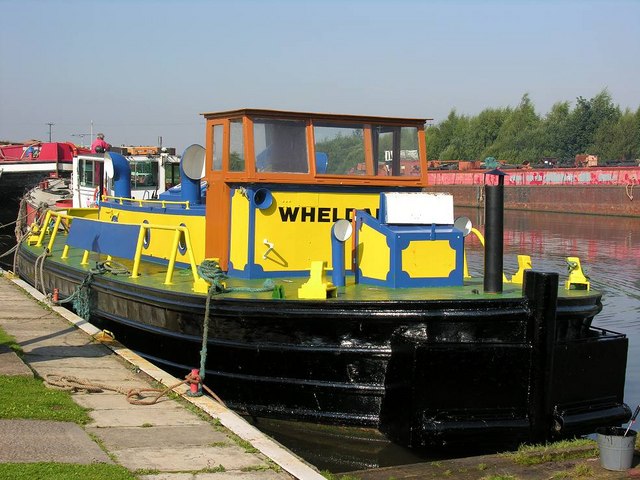
As our research continues, it’s becoming apparent that although some collections are very well documented, sometimes down to the level of individual items, in many cases we are simply recording groups of items as moving from a closed museum. And it’s unfortunately quite likely that we will never know what has happened to many others, with the destinations of items and even whole collections left unrecorded. Those differences in what we can find out have implications for how we analyse our data. We don’t want to over-represent some collections in our analyses simply because we have more details about them, or under-represent others that are less well documented. As a team we’re continuing to discuss how best to grapple with that problem.
Mark Liebenrood

